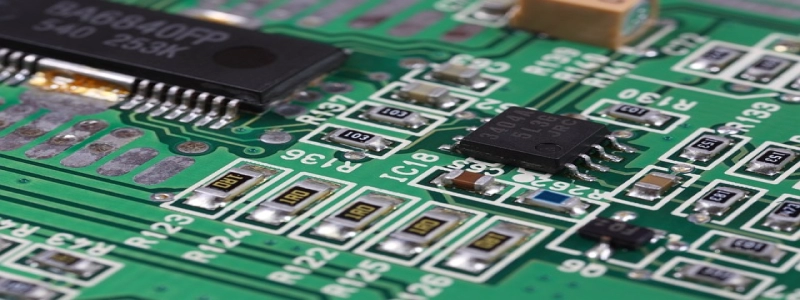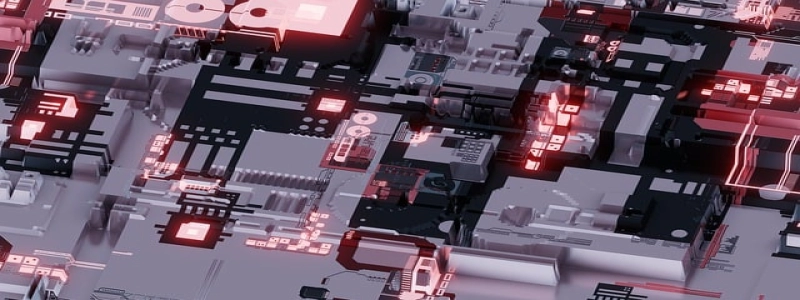Single Mode Fiber Attenuator
Introduction:
Single mode fiber attenuator is an important component used in optical networks to control the power level of the transmitted signals. It is designed to decrease the optical power passing through it, thus reducing signal strength. In this article, we will explore the features, types, and applications of single mode fiber attenuators.
I. Features of Single Mode Fiber Attenuator:
A. Interchangeability:
One of the main features of single mode fiber attenuators is their ability to be easily interchanged with different fiber optic connectors. This allows for flexibility and convenience in installation and maintenance processes.
B. Low Insertion Loss:
Single mode fiber attenuators are designed to minimize insertion loss, ensuring that the signal transmission remains efficient and uninterrupted. This is particularly crucial in long-distance optical networks where any signal loss can result in decreased performance.
C. High Return Loss:
These attenuators provide high return loss, which means that the reflected optical power is minimized. This helps in maintaining signal integrity and reducing signal distortions caused by reflections.
II. Types of Single Mode Fiber Attenuators:
A. Fixed Fiber Attenuators:
Fixed fiber attenuators have a predetermined level of attenuation that cannot be adjusted. They are available in various attenuation levels, such as 5dB, 10dB, 15dB, etc. These attenuators are often used in applications where a specific amount of power reduction is required.
B. Variable Fiber Attenuators:
As the name suggests, variable fiber attenuators allow users to adjust the attenuation level according to their specific requirements. They provide greater flexibility in optical network setups where signal strength needs to be dynamically controlled.
III. Applications of Single Mode Fiber Attenuators:
A. Telecommunication Networks:
Single mode fiber attenuators are extensively used in telecommunication networks to ensure signal quality and prevent overload or distortion of optical signals. They are employed in various devices such as transceivers, routers, and switches.
B. Data Centers:
In data centers, single mode fiber attenuators are used to regulate the power levels of optical signals transmitted between servers and switches. This enables seamless data transmission and prevents signal degradation.
C. CATV Systems:
Cable television systems also rely on single mode fiber attenuators to balance the optical power levels in different sections of the network. This helps in maintaining signal strength and clarity, ensuring a high-quality viewing experience for users.
Conclusion:
Single mode fiber attenuators play a crucial role in maintaining signal quality and preventing signal overload or distortion in optical networks. With their interchangeability, low insertion loss, and high return loss, these attenuators provide an efficient solution for controlling power levels in single mode fiber optic systems. Whether used in telecommunication networks, data centers, or CATV systems, single mode fiber attenuators offer the necessary flexibility and reliability to ensure optimal performance in various applications.








